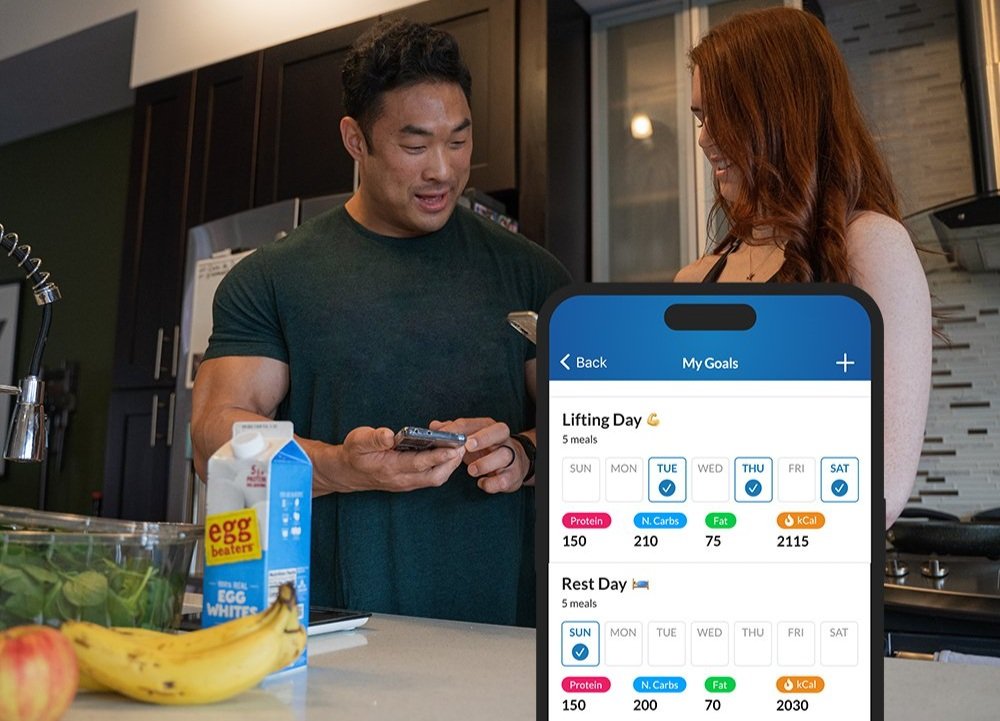An Easy Guide to Start Counting Macros
Counting macros, or tracking the amount of protein, carbs, and fat in your diet, can be an effective way to achieve your health and fitness goals. However, it can be overwhelming to jump straight into tracking all three macronutrients right away. That's why it's helpful to take a step-by-step approach to counting macros.
Here are four steps you can take to gradually work your way up to tracking all three macronutrients:
Step 1: Track Your Food
The first step to counting macros is simply tracking what you eat. This will give you an idea of your current macronutrient intake without worrying about hitting specific targets. You can use a nutrition-tracking app like MacrosFirst to track your meals and snacks.
To get started, focus on tracking what you eat for a few days or a week. Don't worry too much about hitting specific calorie or macro targets just yet. Instead, aim to be consistent with tracking everything you eat and drink. That includes all nibbles, bites, sauces, and snacks between meals.
Step 2: Make Protein Macro Targets Only
After tracking your food for a few days or a week, it's time to start setting macro targets. A good place to start is with protein. Protein is an essential macronutrient that helps to build and repair muscle tissue, and it's also very filling. Aim to eat 0.8 to 1 gram of protein per pound of body weight.
To hit your protein target, focus on including a source of protein with every meal and snack. Good sources of protein include meat, poultry, fish, eggs, dairy products, legumes, and protein powders.
Step 3: Make Protein Macro and Total Calorie Targets Only
Once you're consistently hitting your protein target, it's time to add calorie tracking to the mix. Calories are a measure of the energy in the food you eat, and they play a major role in weight loss and weight gain. To lose weight, you need to be in a calorie deficit, meaning you're burning more calories than you consume. To gain weight, you need to be in a calorie surplus, meaning you're consuming more calories than you're burning.
To calculate your calorie target, you can use a macro calculator (like the one built into MacrosFirst) or consult with a nutritionist or a coach. Once you know your target, aim to hit it consistently while also hitting your protein target. This will give you a good foundation for achieving your health and fitness goals.
Step 4: Track Protein, Carbs, and Fats
The final step in counting macros is to track all three macronutrients: protein, carbs, and fat. Carbs and fat are also important macronutrients that provide energy and affect overall health. Tracking all three will give you a more complete picture of your diet and allow you to make adjustments as needed.
To calculate your carb and fat targets, you can use a macro calculator or consult with a nutritionist or a coach. Once you know your targets, aim to hit them consistently while also hitting your protein and calorie targets.
In conclusion, counting macros can be a powerful tool for achieving your health and fitness goals, but it's important to take a step-by-step approach to avoid feeling overwhelmed. Start by tracking your food, then move on to tracking protein, then protein and calories, and finally, all three macronutrients. With consistency and dedication, you can achieve your fitness goals while enjoying a healthy, balanced diet.

